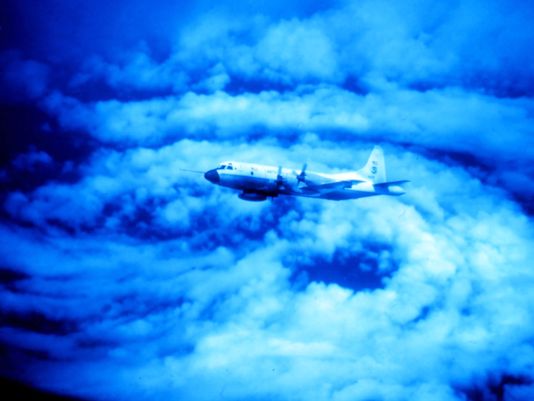Five myths about air turbulence

Lessons Learned at Great Cost: Will We Act or Just File Them Away?
June 26, 2014
Conversation With Sully Sullenberger
July 10, 2014For many fliers, encountering air turbulence is the most challenging aspect of any flight. The effects of turbulence, which can cause an aircraft to shake and move suddenly and erratically from side to side or up and down, can be distressing and even frightening, sparking fear that the airplane is out of control and about to crash or break apart. So we spoke with two notable pilots to expose the truth behind five of the most common myths of air turbulence.
1. Pilots always get a lot of warning about air turbulence.
There’s no mystery about what air turbulence is: It’s created by atmospheric pressure, jet streams, and the air that circulates in mountainous areas, as well as weather fronts and thunderstorms. There’s also so-called clear air turbulence, which are air masses moving without any obvious visual clues such as clouds, literally coming out of the blue.
“It helps to visualize flight as a river flowing rapidly over rocks, where water is forced upward and then down, with swirls and eddies,” says Captain Chesley “Sully” Sullenberger, retired US Airways pilot, speaker, author and CBS news safety & aviation expert. In short, turbulence is a normal part of flying and every pilot knows that they might encounter it in the course of a given flight.
Still, many passengers think that pilots have some device in the airplane to provide warning about approaching turbulence, which can’t be detected by radar. But there is no such technology.
“We generally don’t get more than a general warning,” Sullenberger says. That warning comes from aircraft flying ahead at the same altitude reporting to the nearest air traffic control. Based on a report of turbulence, a pilot can then change altitude or change speed to anticipate and avoid it. Sully says that education, training, experience and judgment to recognize conditions are the most important tools for any pilot to handle turbulent air. Even so, turbulence is often unpredictable, especially if you’re flying in remote areas where there are few aircraft reporting to local air traffic control.
Full Article: Sully talks with USA Today about Turbulence View More >


